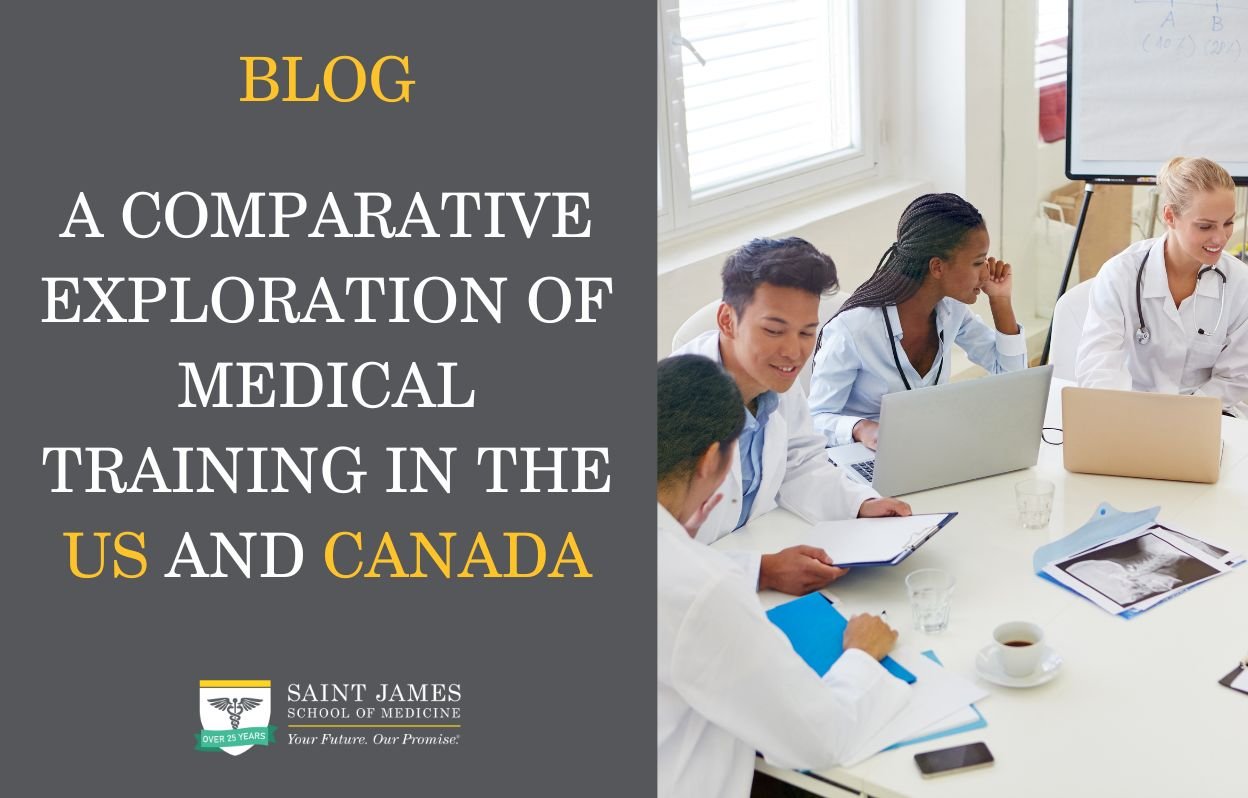
Embarking on the journey of medical residency is a pivotal moment for aspiring physicians, especially for Canadian medical graduates. The decision to pursue residency in the United States or Canada adds a layer of complexity to their career path. In this comprehensive exploration, we’ll delve into critical aspects of the residency experience in both countries, with a focus on the unique considerations for Canadian medical students from Caribbean medical schools.
Accreditation and Recognition:
In Canada, residency programs are accredited by the Royal College of Physicians and Surgeons or the College of Family Physicians, emphasizing rigorous standards. Conversely, in the United States, the Accreditation Council for Graduate Medical Education (ACGME) is instrumental in setting accreditation standards for residency programs.
Duration and Structure:
Residency duration varies across borders. Canadian postgraduate medical education spans 2 to 7 years, depending on the chosen specialty, while US residencies range from 3 to 7 years. These variations impact the depth of experience and training for medical practitioners.
Competitiveness and Matching Rates:
Securing a residency position is a critical milestone, and competitiveness varies between the US and Canada. Canadian students have historically succeeded in matching into US residencies. However, competitiveness depends on factors such as specialty choice, academic performance, and relevant experiences.
Certification Exams:
Canadian medical graduates pursuing US residency must navigate the US Medical Licensing Examination (USMLE), a series of exams assessing their ability to apply medical knowledge. Those remaining in Canada follow the Medical Council of Canada Qualifying Examination (MCCQE). A nuanced understanding of exam requirements is vital for success in each system.
Work Environment and Culture:
Residency programs in the US and Canada exhibit differences in the work environment, culture, and expectations. Factors such as duty hours, work-life balance, and the overall approach to medical practice can significantly influence the experience for residents.
Immigration and Visa Considerations:
Canadian graduates opting for the US must navigate immigration processes, including obtaining the appropriate visa, typically the J-1 visa. This adds an additional layer of consideration for those aiming to practice medicine in the United States.
IMG Performance in the 2023 Main Residency Match:
In the 2023 Main Residency Match, there was a notable increase in first-year residency positions offered, rising from 36,277 in 2022 to 37,425 in 2023.
– IMG Participants and Match Rates:
– 2019: Participants – 11,949; Matched – 7,025 (58.8%)
– 2020: Participants – 12,074; Matched – 7,376 (61.1%)
– 2021: Participants – 13,238; Matched – 7,508 (56.7%)
– 2022: Participants – 12,912; Matched – 7,670 (59.4%)
– 2023: Participants – 13,432; Matched – 8,388 (62.4%)
– 2023 U.S. Citizen IMGs:
– Participants – 4,963
– Did Not Match – 1,607 (32.4%)
– Matched – 3,356 (67.6%)
– 2023 Non-U.S. Citizen IMGs:
– Did Not Match – 3,437 (40.6%)
– Matched – 5,032 (59.4%)
– ECFMG and J-1 Visa Sponsorship:
– In 2022, ECFMG sponsored 13,822 J-1 physicians in U.S. GME.
– The number of J-1 physicians in U.S. teaching hospitals has increased by 54% over the past decade.
Navigating the unique considerations for Canadian medical students from Caribbean medical schools requires strategic planning, resilience, and adaptability. The increased number of residency positions and positive match rates for IMGs in recent years showcase opportunities for aspiring physicians. Whether choosing residency in the rich landscapes of Canada or the diverse healthcare landscape of the United States, understanding these insights is crucial for a successful and rewarding medical career.
Statistics Source: https://www.intealth.org/data/#match
